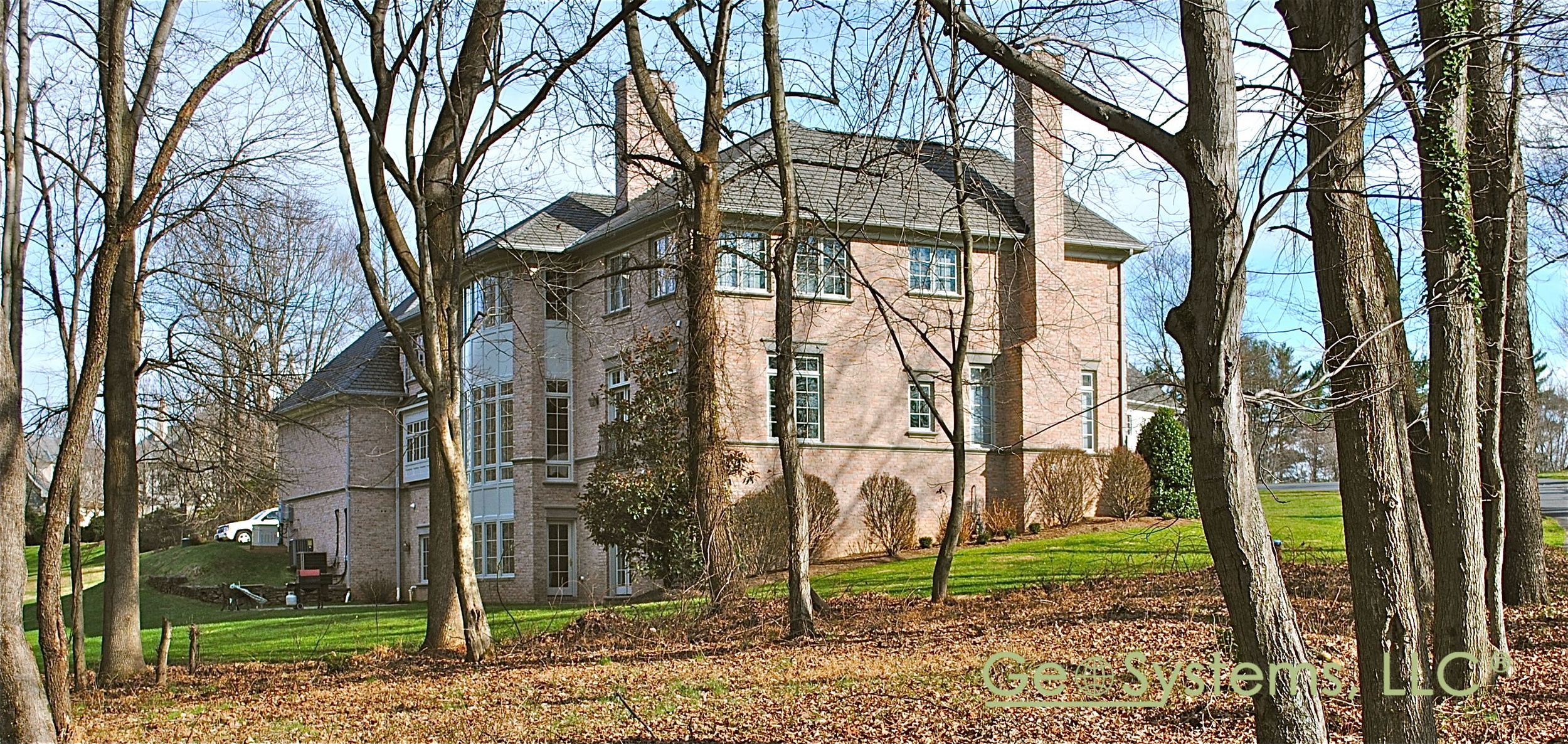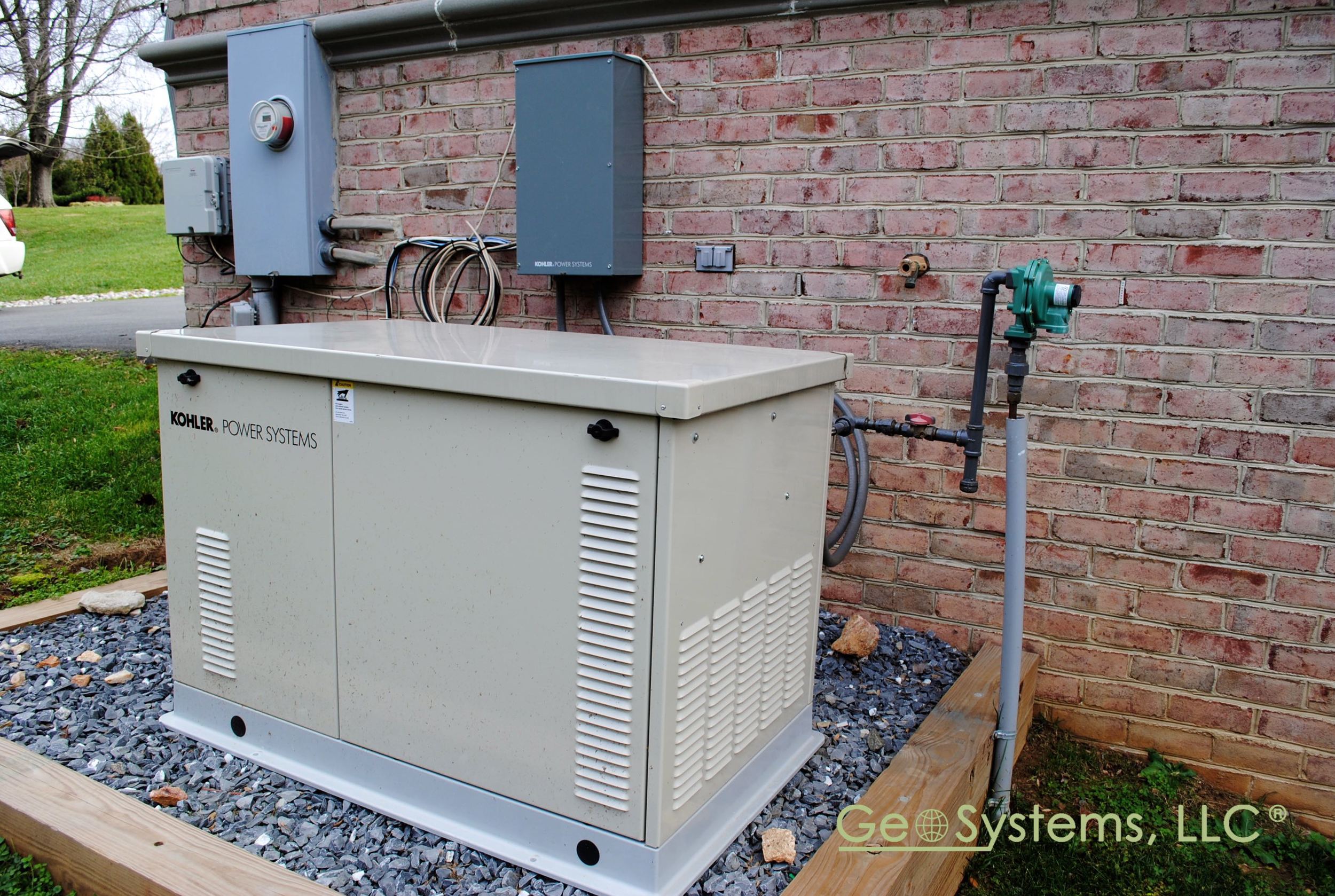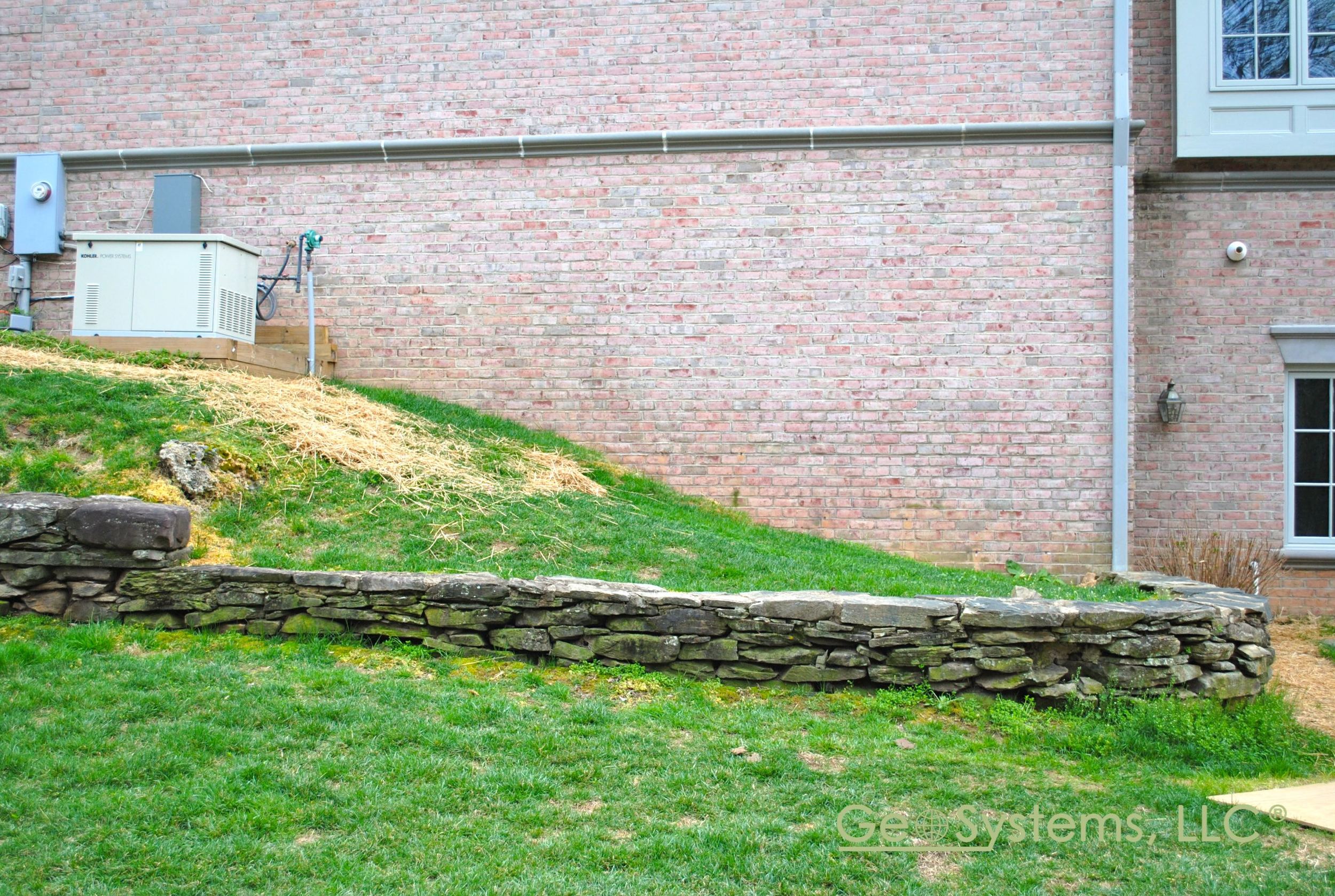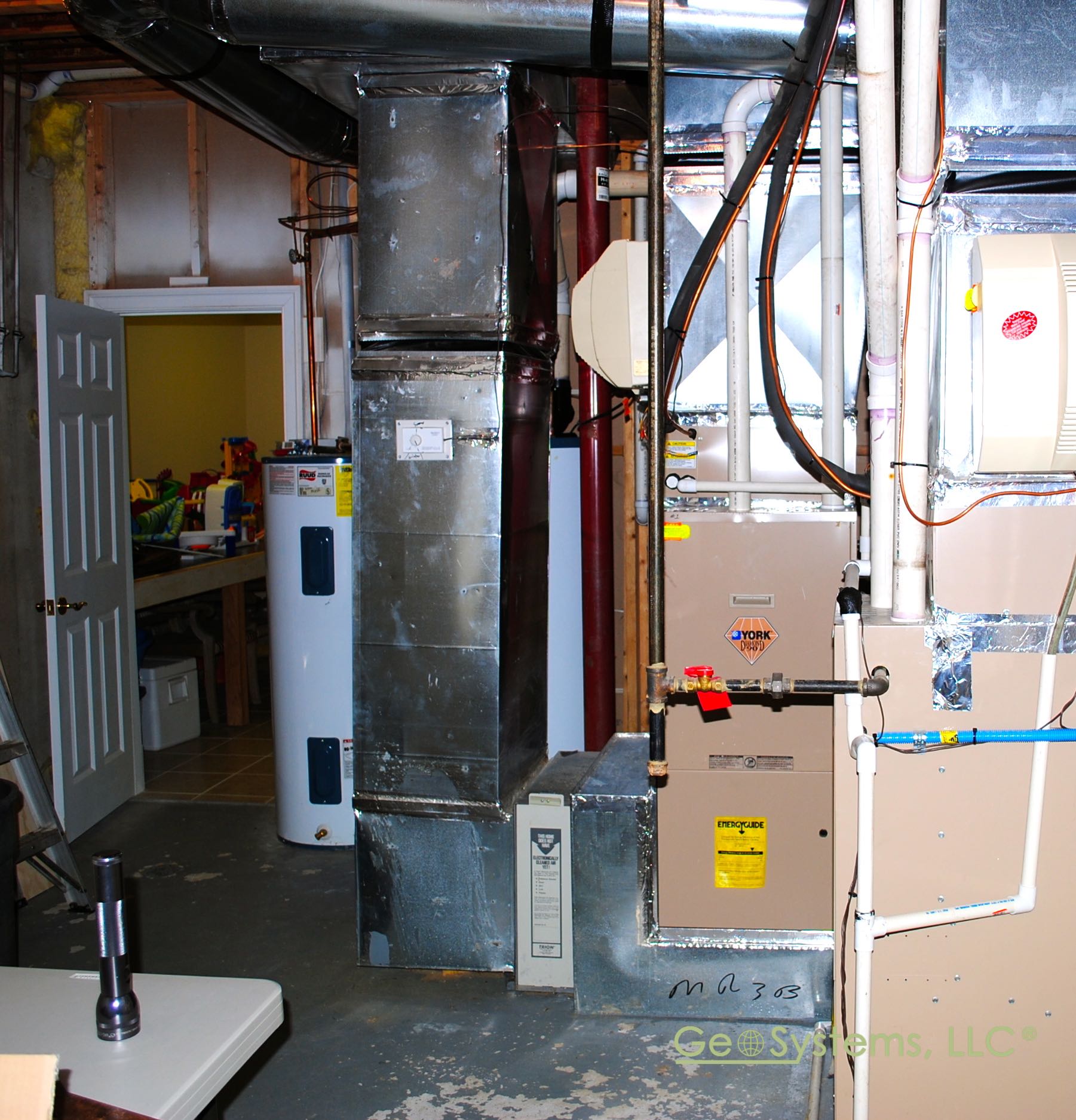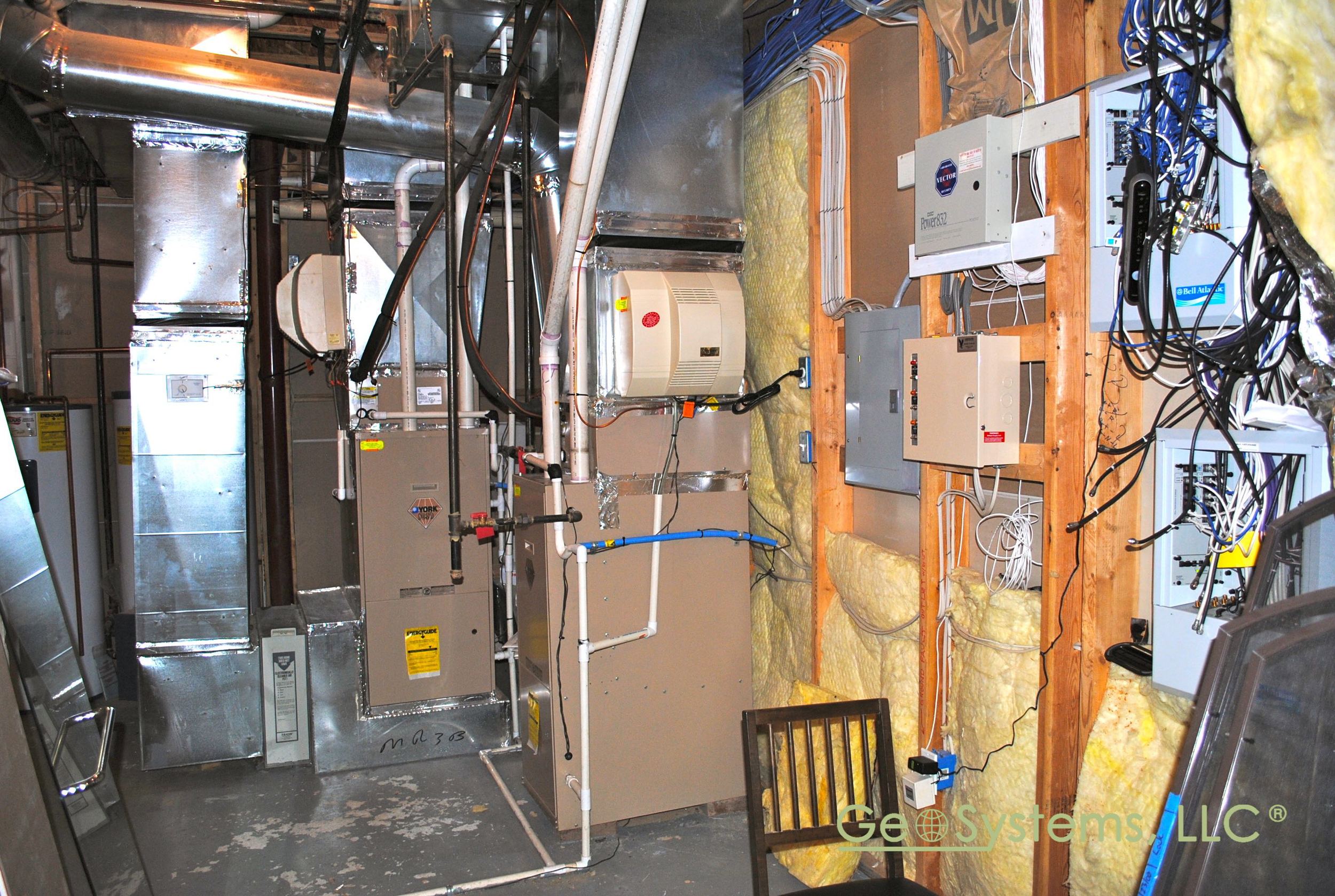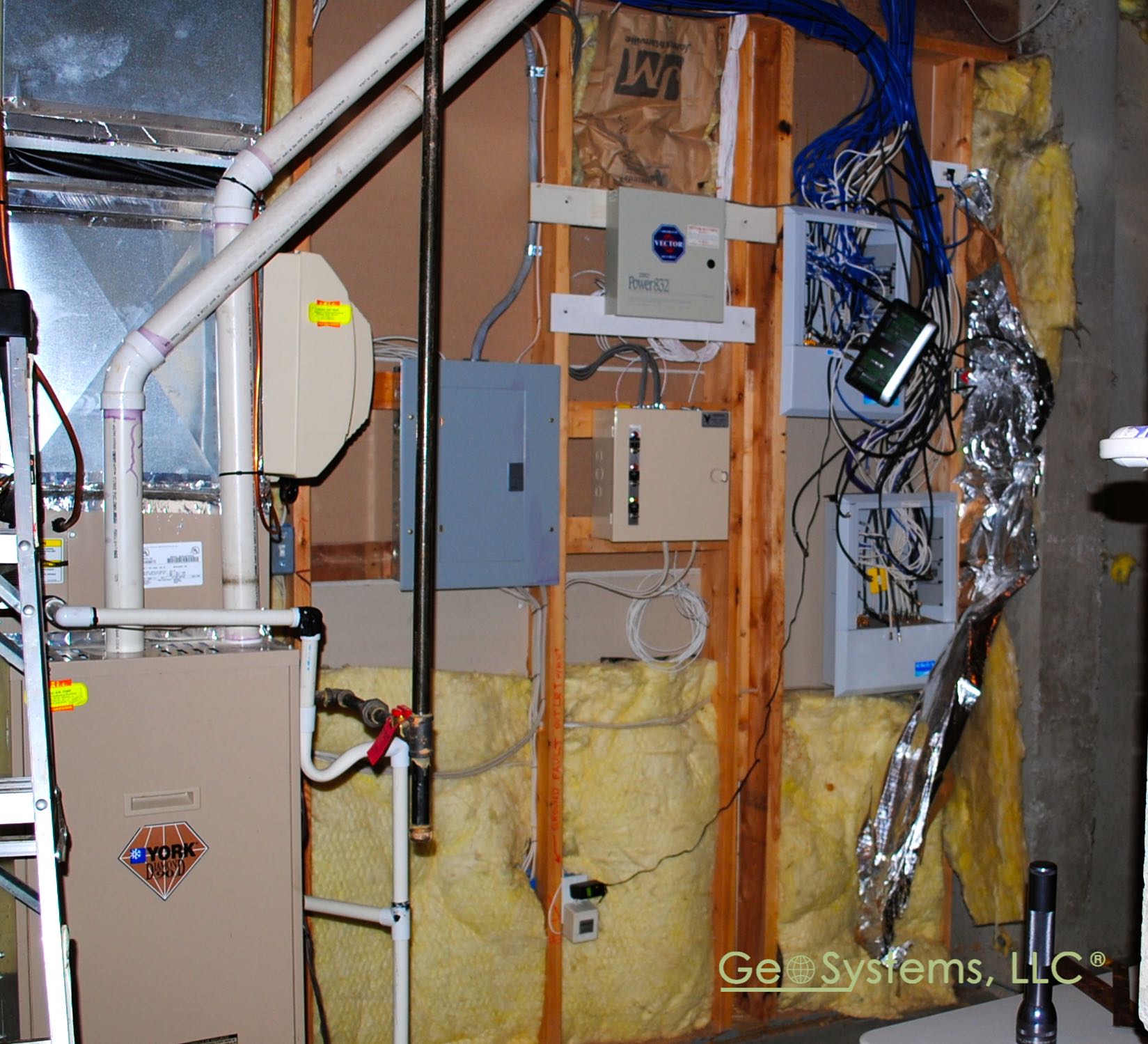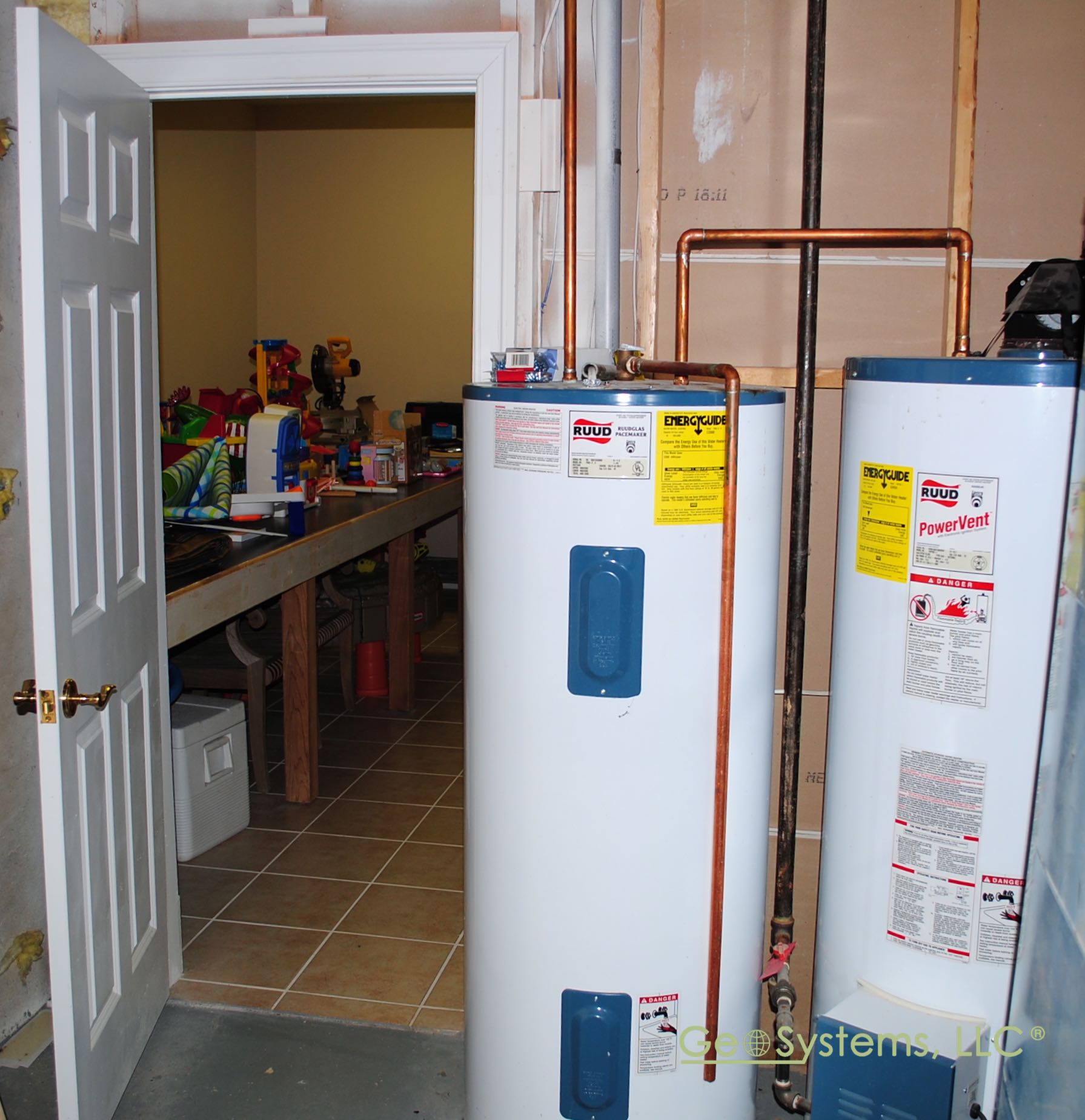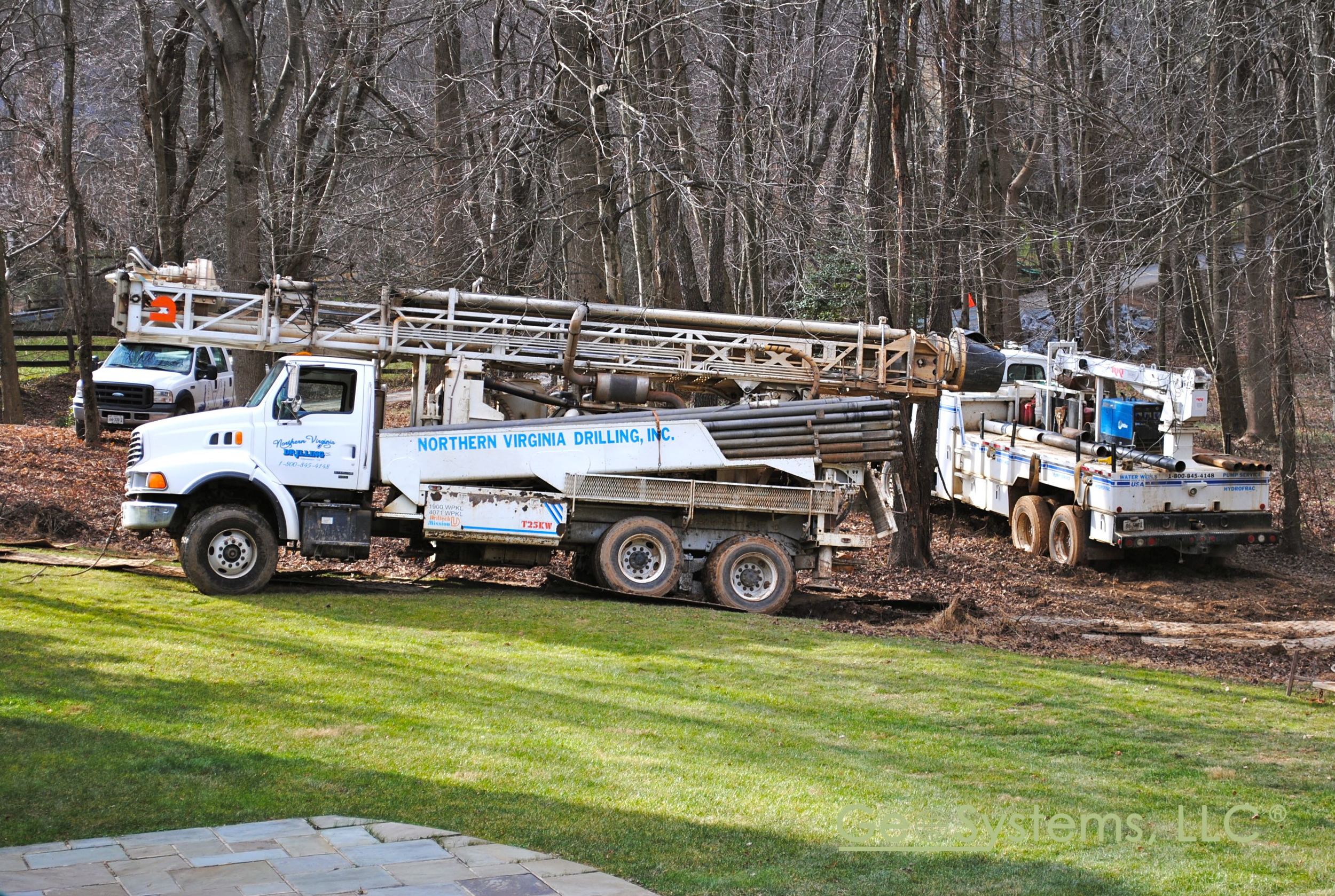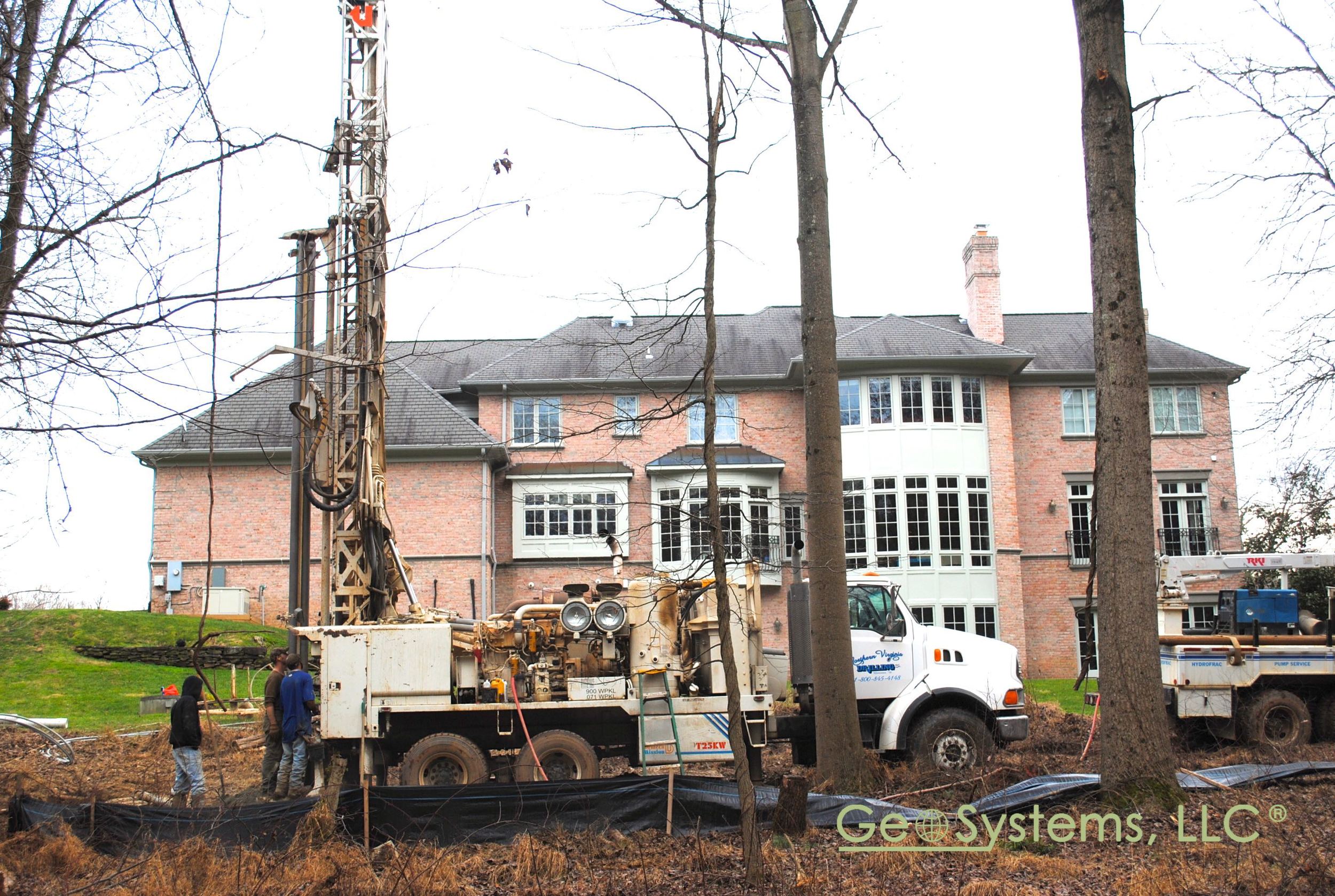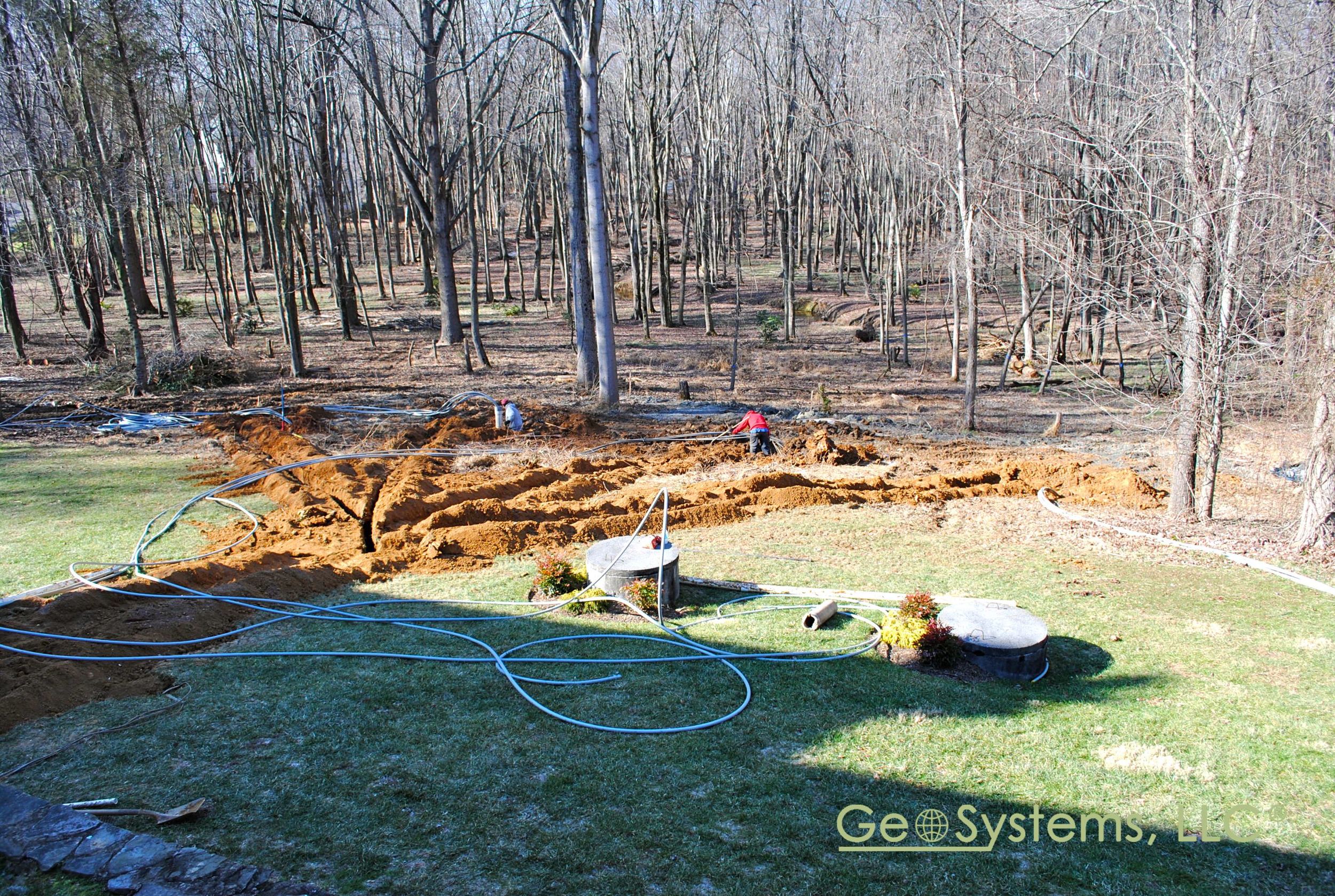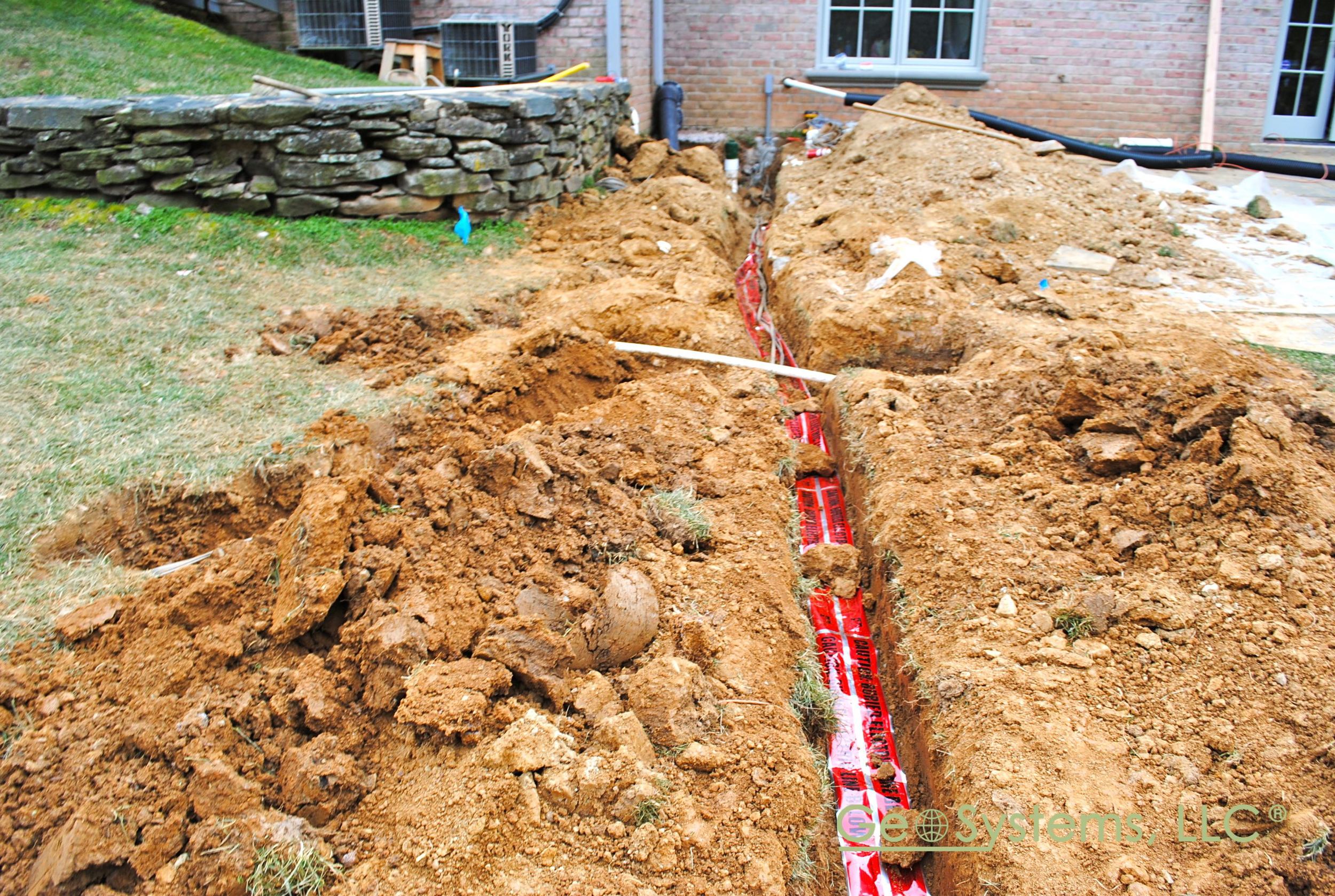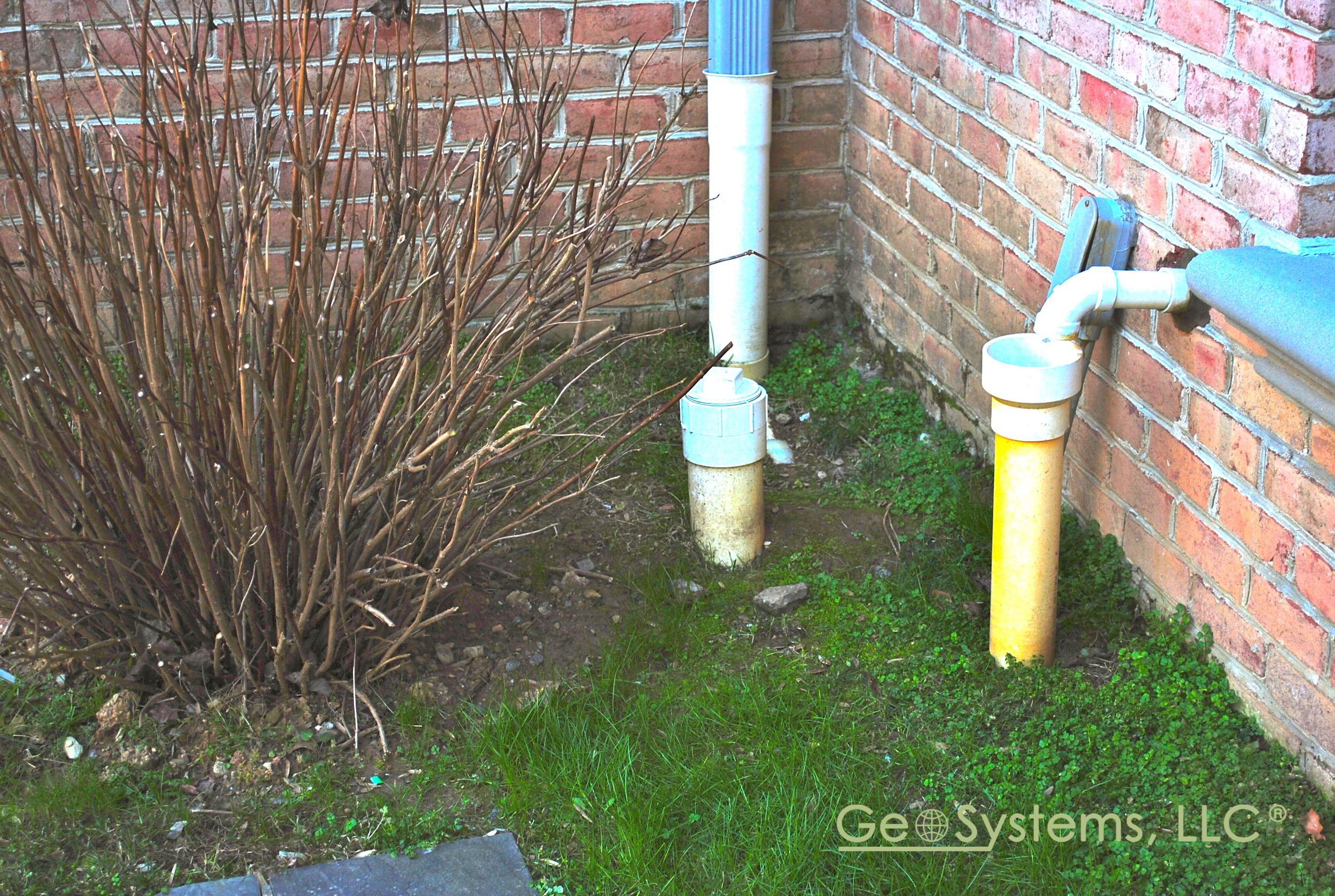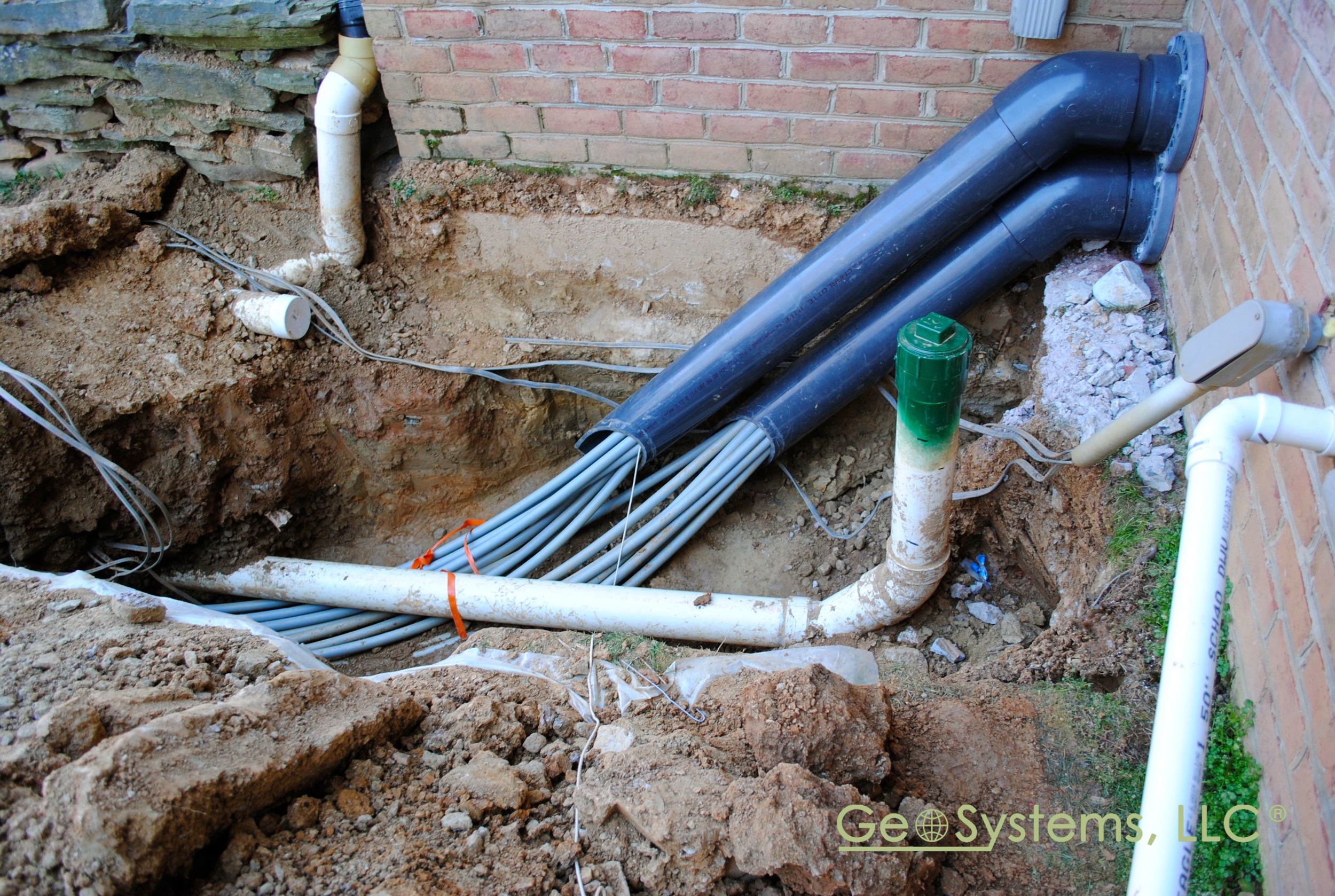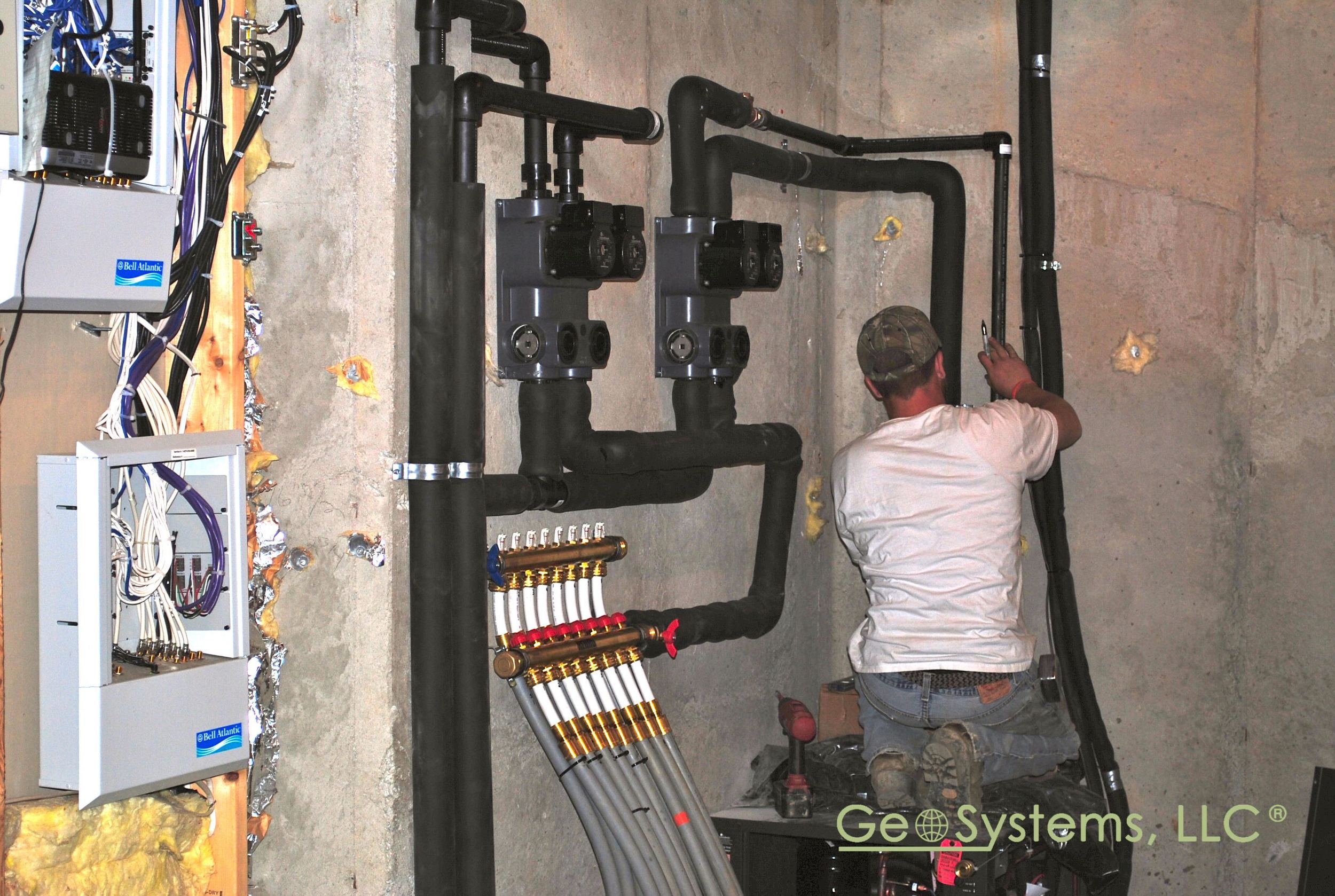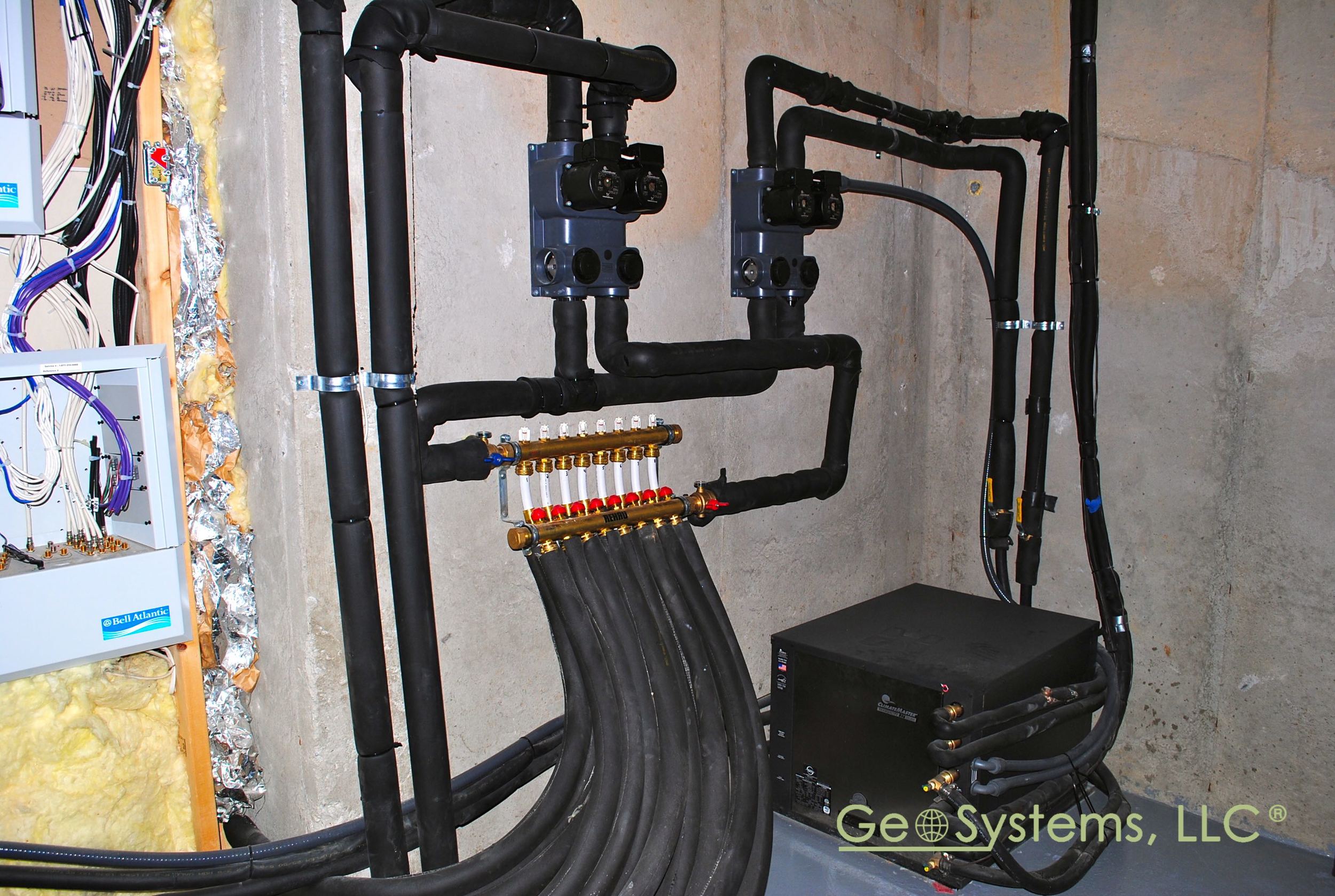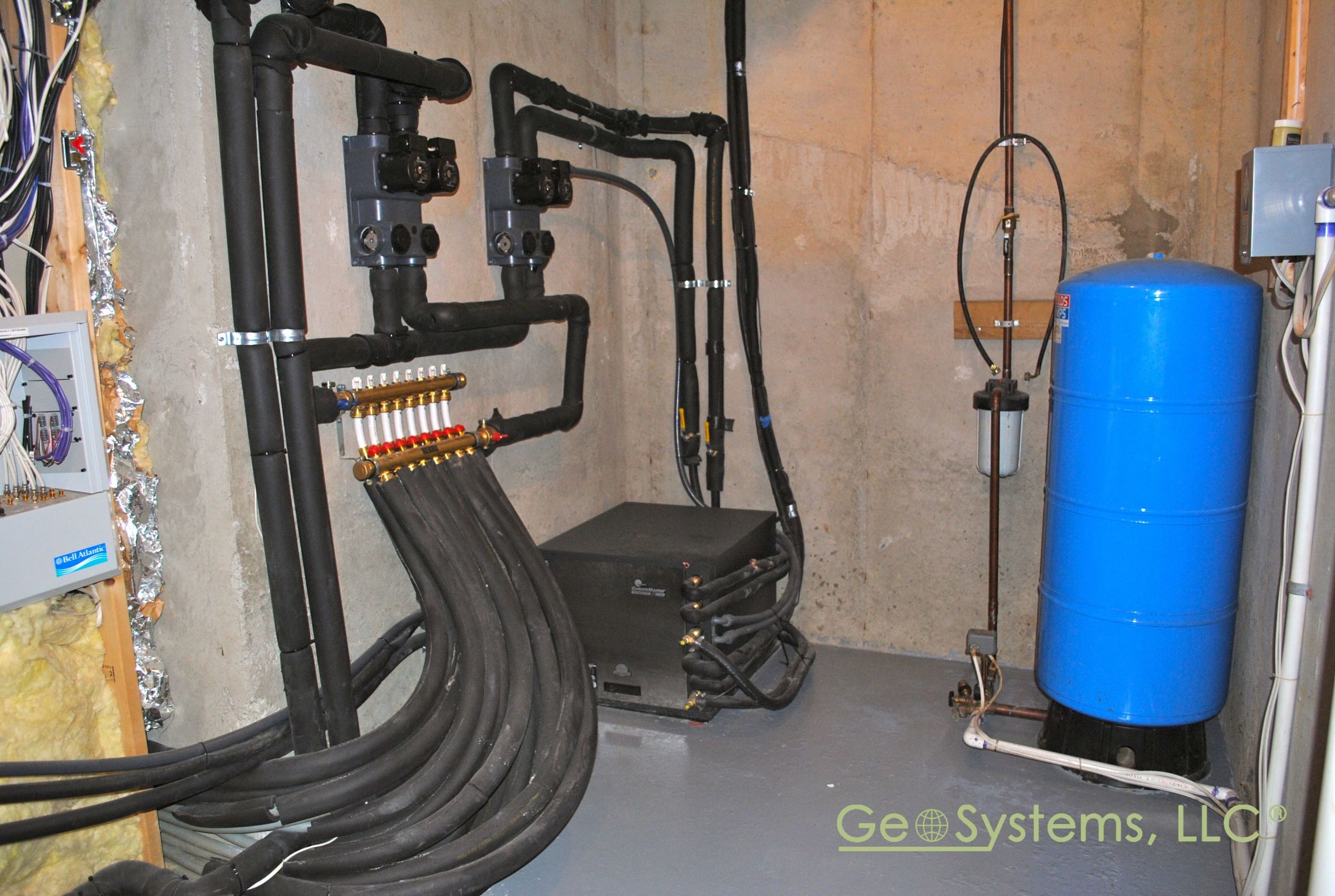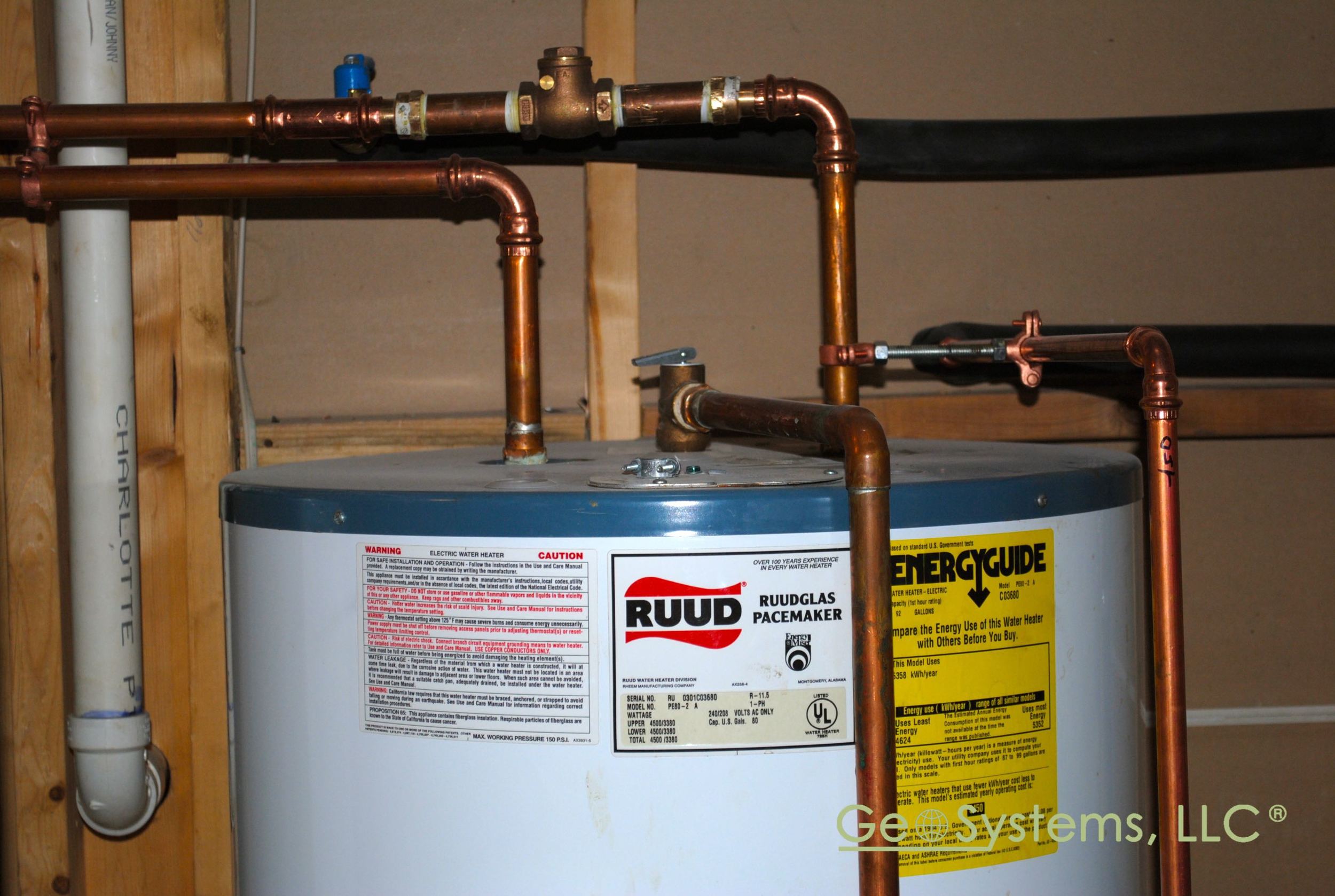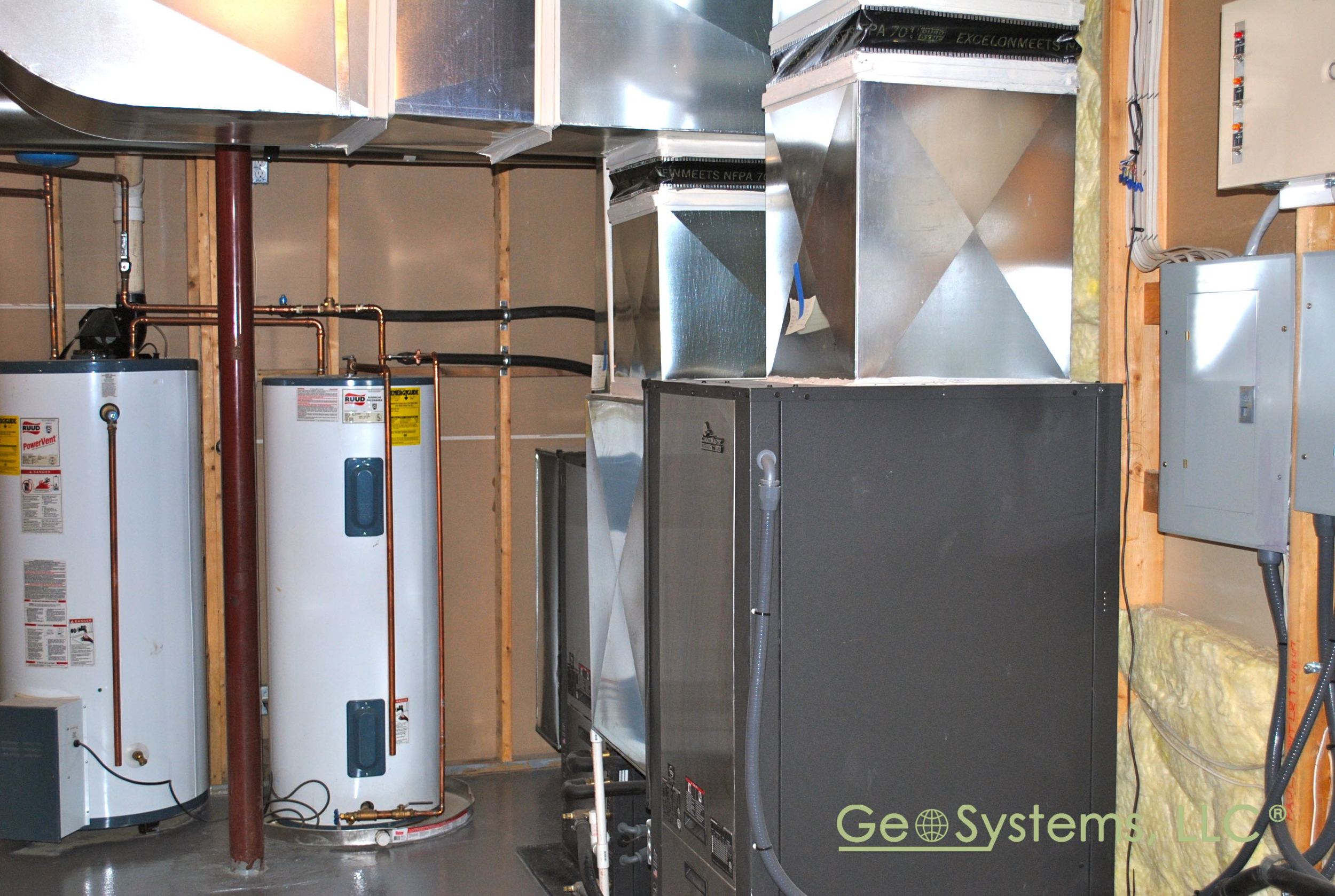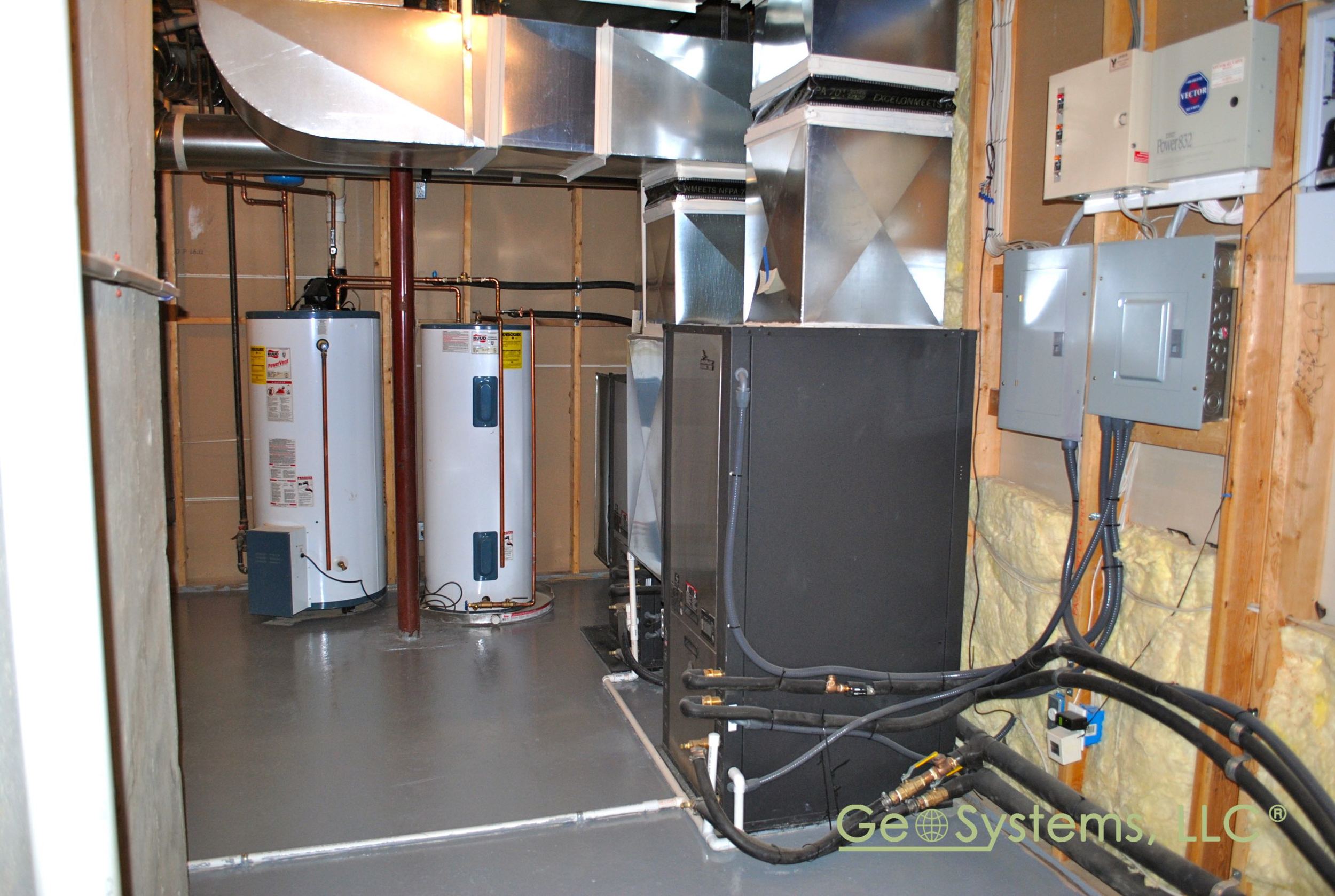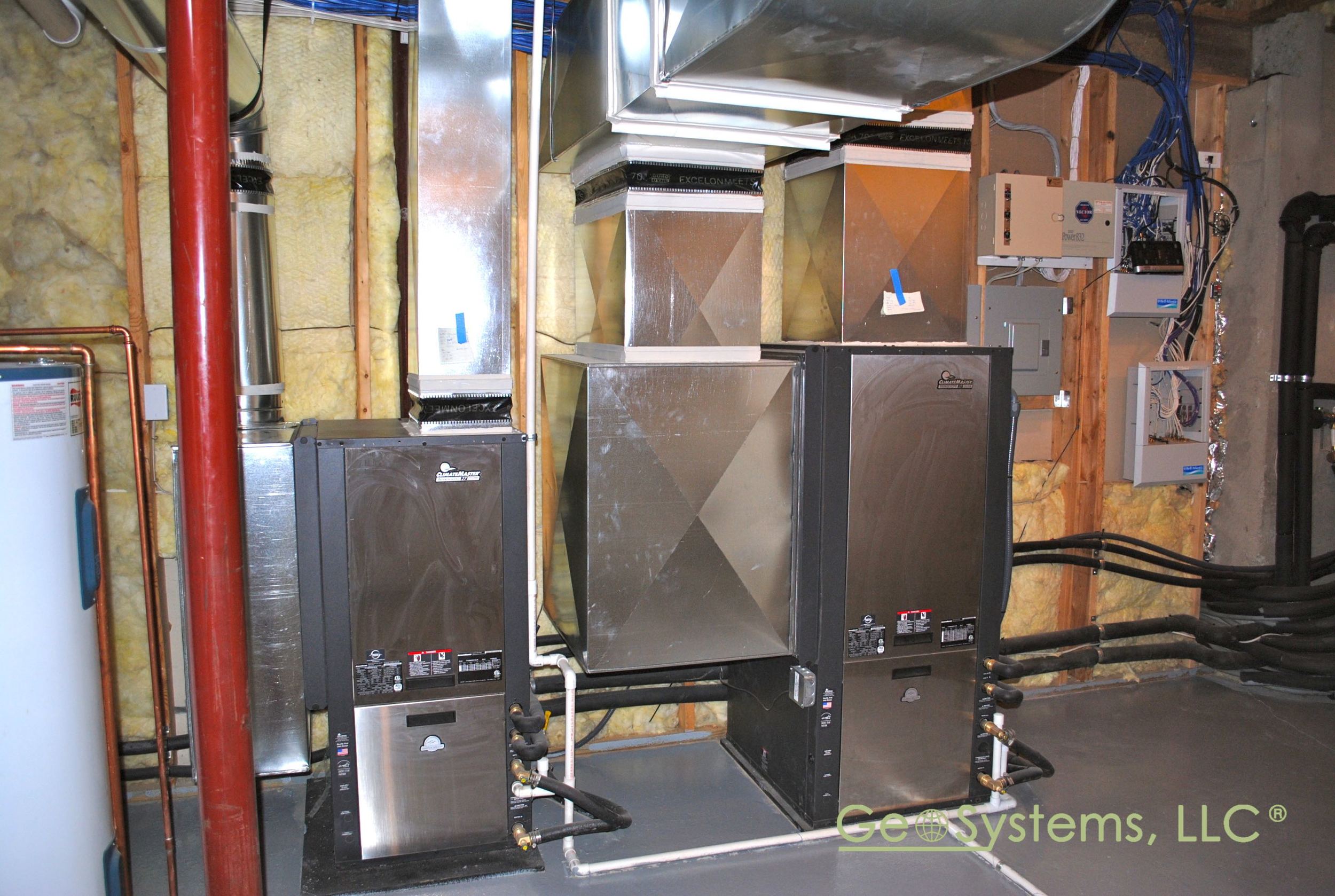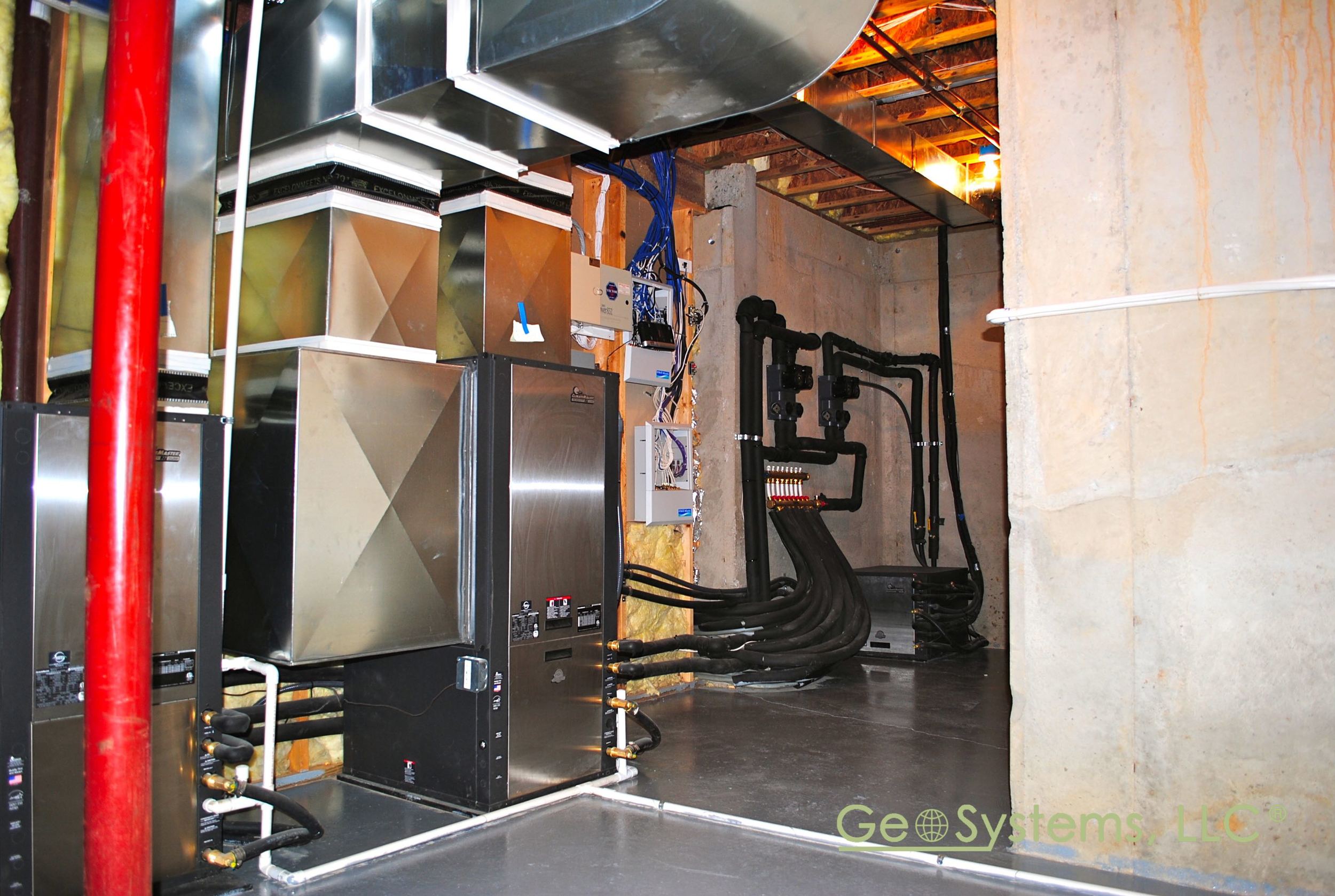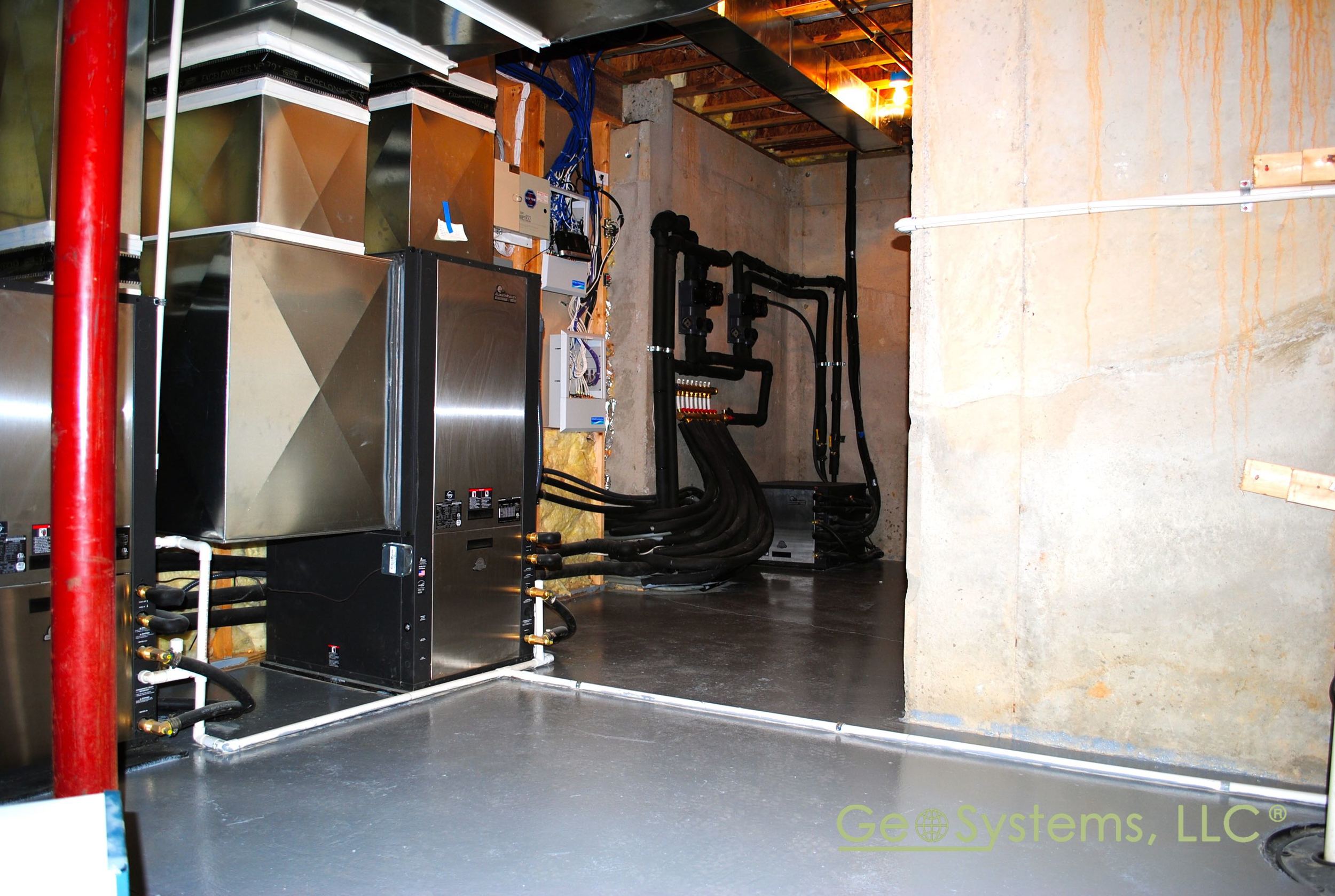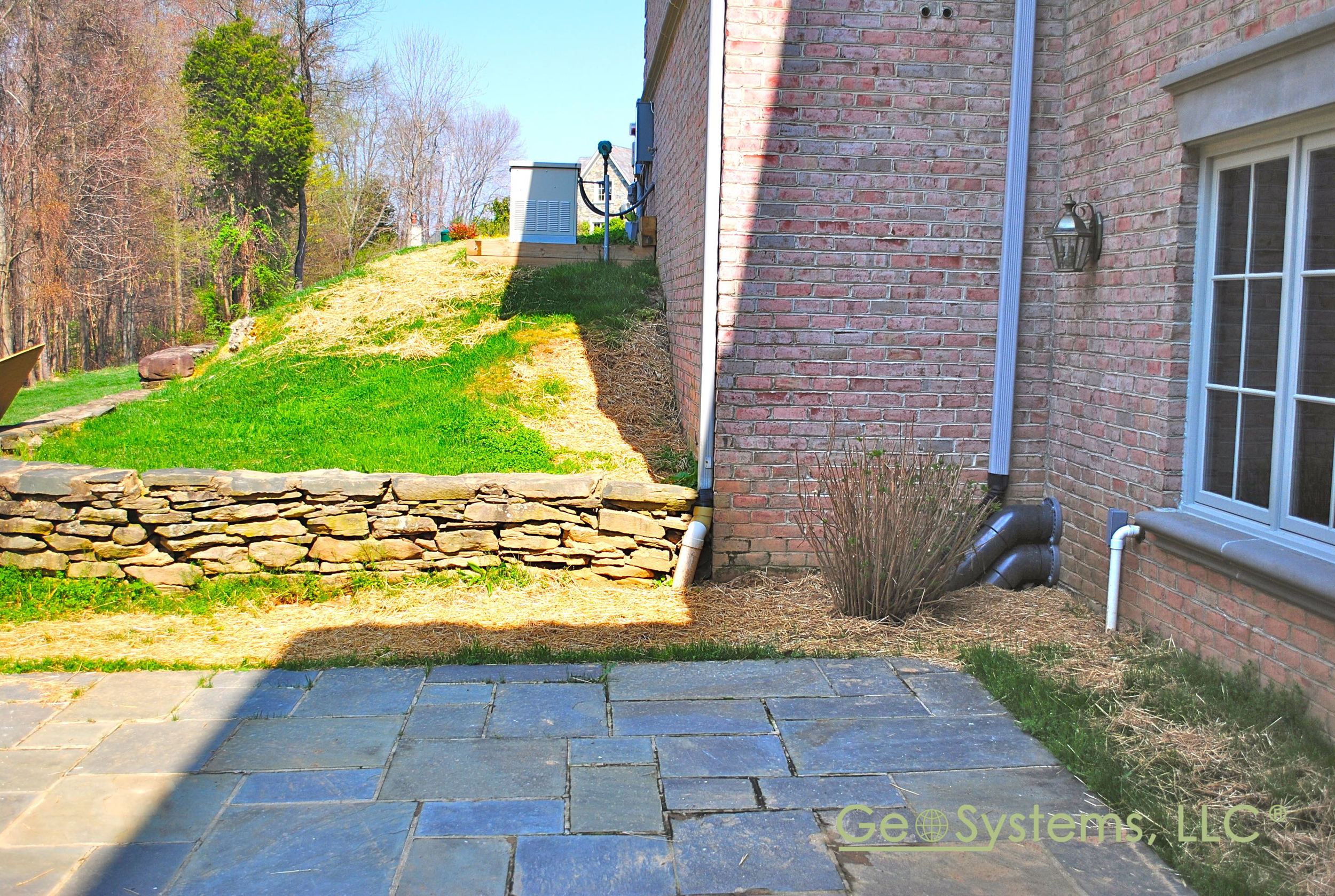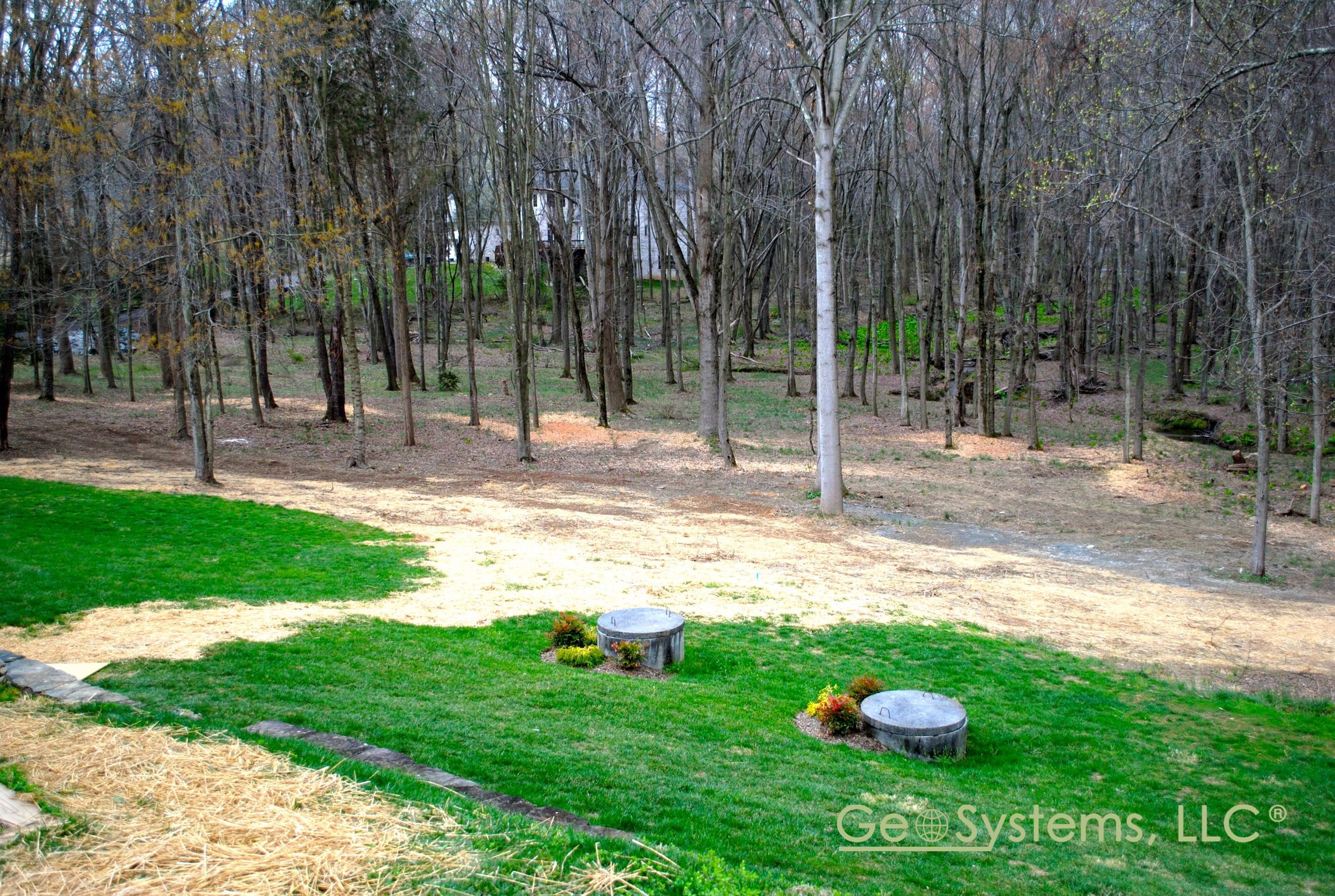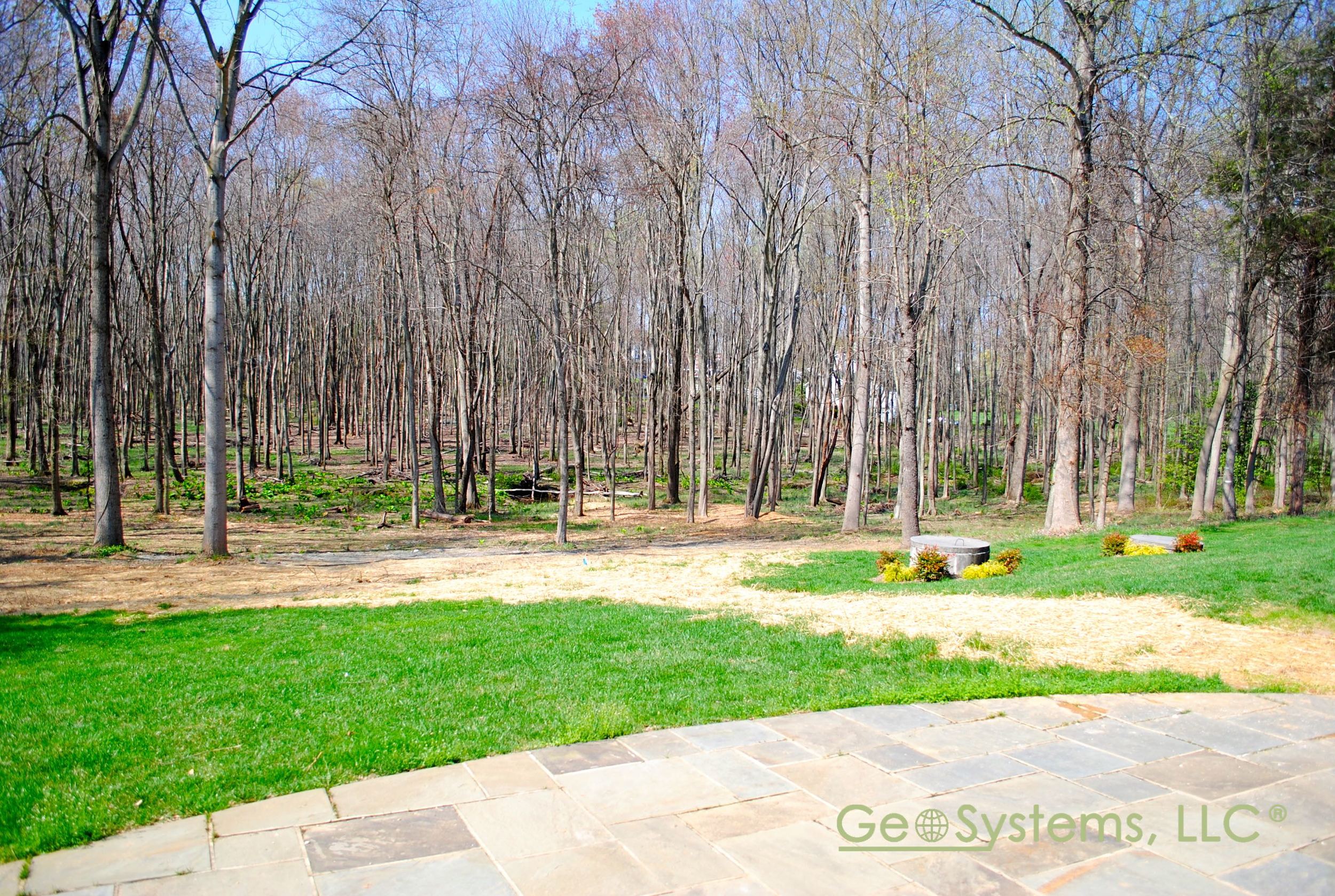Loop Size: Is Bigger Better?
/You can think of an earth loop as a rechargeable battery permanently connected to a battery charger. Heat energy is drawn from the loop, or “battery,” as it is needed in your home. If the battery is large enough, it is easily recharged by the heat energy from the surrounding ground, sun, rain, heat expelled during the cooling of your home, and heat emanating from the earth’s hot core. But if your loop battery is continuously drawn down more quickly than it can be recharged, it will be unable to provide enough energy to run your system. And there is no easy way to recharge it quickly.
So the ground loop has to meet the requirements of your home. Someof the factors that will affect the size of the ground loop you need include:
- the heating and cooling requirements of your home;
- the moisture content and type of soil;
- the depth at which the loop is buried;
- the climate;
- the amount of snow covering the loop in winter; and
- the size of the buried pipes as well as the distance between them.
The larger the heating and cooling loads of your home, the larger the loop must be. Moist, dense soil conducts heat more quickly than light, dry soil. Pipe that is buried deeper has more soil to draw heat from and will perform better. A climate with long cold spells will require a loop (“battery”) that can hold more heat. Heavy snow cover insulates the earth and helps retain the earth’s heat.
If earth loop pipes are buried farther apart, they are recharged by a greater mass of soil.
A competent contractor will know the soil conditions in your area, and will design the earth loop on the basis of all these factors.



